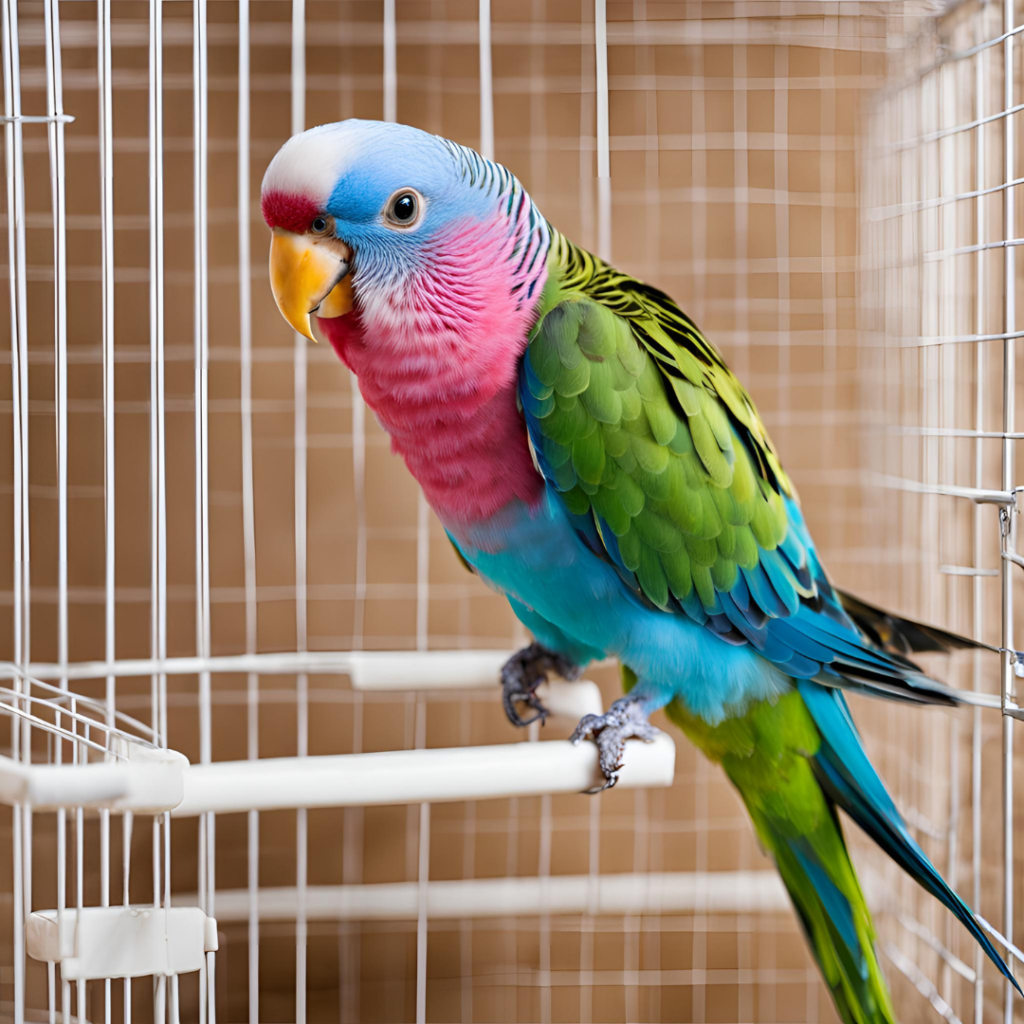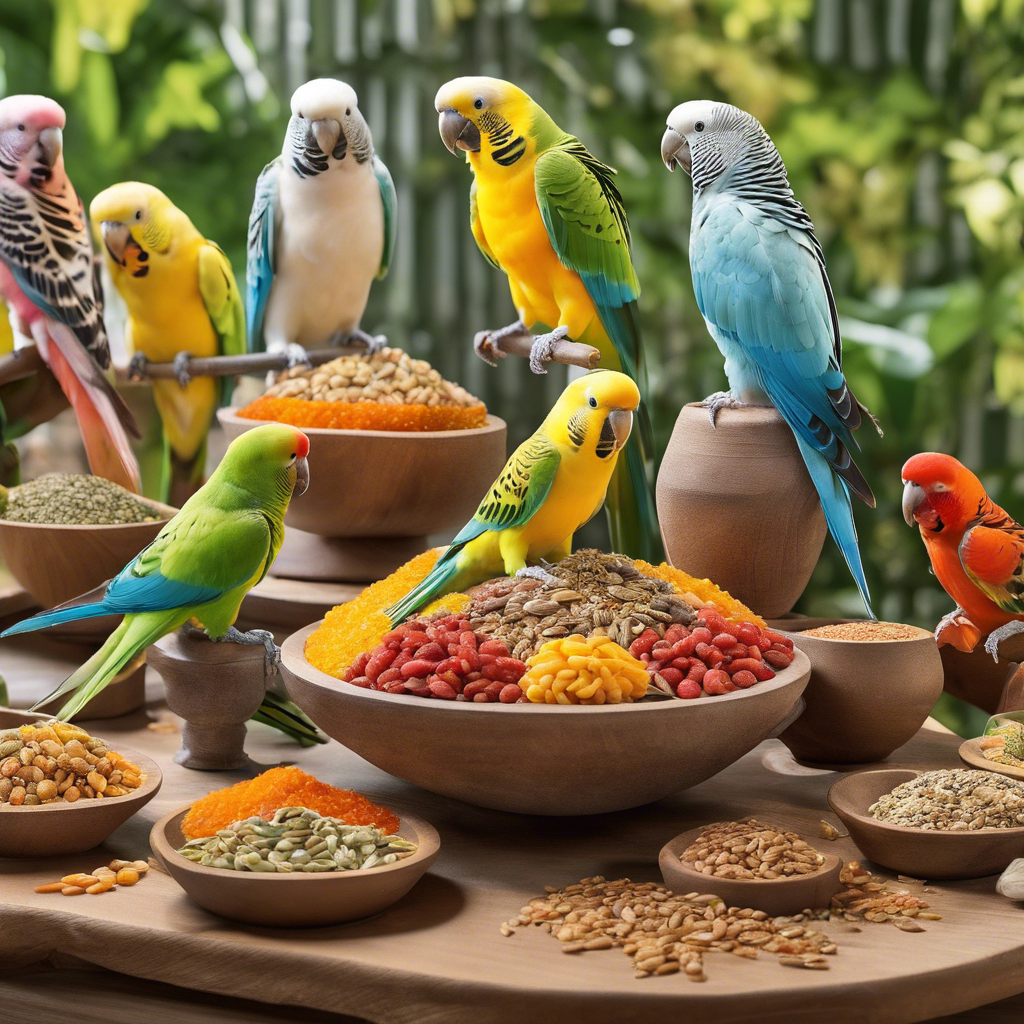Parakeets, commonly known as budgerigars or budgies, are vibrant, intelligent, and sociable birds that have captivated the hearts of pet owners for generations. With their charming personalities, colorful plumage, and ability to mimic sounds, parakeets make delightful companions. However, caring for a parakeet requires knowledge, commitment, and responsibility. In this comprehensive guide, we will delve into the essentials of parakeet care, including their habitat, nutrition, socialization, health, and mental stimulation to ensure that your feathered friend thrives in your home.

Understanding Your Parakeet
Before diving into care specifics, it’s important to understand the unique nature of parakeets. Native to Australia, budgies are known for living in flocks and exhibit social behaviors that reflect their energetic and playful character. As a potential owner, you should recognize that these birds thrive in social settings, both with their own kind and with humans.
Parakeets typically reach sexual maturity by 6-12 months of age, and they can live for 7 to 15 years in captivity, provided they receive proper care. With this knowledge, it becomes clear that a commitment to your parakeet’s well-being requires attention to several key factors.
Creating a Comfortable Habitat
1. Choosing the Right Cage

A spacious cage is crucial for your parakeet’s well-being. Opt for a cage that is at least 18 inches wide, 18 inches deep, and 24 inches high for a single parakeet. If you plan to house multiple birds, increase the size accordingly. The cage should have horizontal bars to facilitate climbing, which is a natural behavior for budgies.
Ensure that the cage is placed in a quiet, well-lit area of your home but not in direct sunlight. Avoid placing the cage in drafty areas or near heating vents; parakeets are sensitive to temperature fluctuations.
2. Essential Accessories
Include the following items in your cage setup:
- Perches: Various sizes and materials, such as natural wood, to prevent foot problems and provide opportunities for climbing.
- Food and Water Bowls: Use stable, easily accessible containers. Change the water daily and provide fresh food.
- Toys: Parakeets require mental stimulation; thus, provide a selection of toys such as mirrors, chew toys, and foraging activities.
- Nest Box: While not necessary for single pet birds, a nest box can provide comfort if your parakeet is breeding.
3. Cage Location
Parakeets are social animals that enjoy interaction, so situate the cage in a central area of your home where family members often gather. This allows your parakeet to feel included while still being secure in its habitat.
Nutrition: A Balanced Diet
Feeding your parakeet a balanced diet is integral to its health. A nutritious diet typically consists of:

- Pellets: High-quality pellets should form the foundation of your parakeet’s diet as they are designed to provide complete nutrition.
- Seeds: While parakeets enjoy seeds, they should not be the sole component of their diet due to their high-fat content. Offer seed mixes that are specifically formulated for parakeets in moderation.
- Fresh Fruits and Vegetables: Incorporate fresh options like apples, spinach, carrots, and broccoli while avoiding avocado, chocolate, and caffeine, which are toxic to birds. Introduce new foods gradually to avoid digestive upset.
- Calcium Source: Offer cuttlebone or mineral blocks to ensure your parakeet receives proper calcium for bone health.
Provide fresh water daily, and ensure the food and water bowls are cleaned regularly.
Socialization and Interaction
Social interaction is a critical component of parakeet care. These birds are social creatures that thrive when given the opportunity to bond with their human caretakers.
1. Building Trust
When you first bring your parakeet home, allow it time to acclimatize to its new environment. Speak softly to your bird and place your hand near the cage to build trust. Gradually introduce your hand into the cage for feeding sessions, using treats to encourage your parakeet to perch on your finger.
2. Out-of-Cage Time
Designate time each day for supervised out-of-cage play sessions. This allows your parakeet to explore its environment, exercise, and strengthen its bond with you. Ensure that the room is safe by removing potential hazards such as open windows, ceiling fans, or toxic plants.
3. Companion Birds
If feasible, consider adopting a second parakeet to provide companionship, as they naturally thrive in pairs. However, be mindful of the introduction process, ensuring that both birds have enough space and resources to coexist harmoniously.
Health and Wellness
Regular veterinary care is crucial to maintain the health of your parakeet. Here are some steps to keep your feathered friend in peak condition:
- Routine Check-ups: Take your parakeet to an avian veterinarian annually for health check-ups. Regular examinations can help identify potential health issues early on.
- Observe Behavior: Monitor your bird for changes in behavior, appetite, or droppings. Sudden changes may indicate illness and should prompt a visit to the vet.
- Maintain Cleanliness: Ensure that the cage is cleaned regularly, with fresh bedding and clean perches to prevent the buildup of waste and debris that can harbor illness.
Mental Stimulation: Keeping Your Parakeet Engaged
Parakeets are intelligent birds that need mental stimulation to stay happy and healthy. Here are a few strategies to keep your parakeet engaged:
- Toys: Rotate toys regularly to provide variety, and choose toys that encourage exploration and problem-solving.
- Training: Parakeets can be trained to perform tricks or mimic sounds. Utilize positive reinforcement training methods with treats to motivate your bird during training sessions.
- Social Interaction: Spend quality time talking, singling, or playing music with your parakeet. Many budgies enjoy listening to music and may even mimic sounds they hear.
Conclusion
Caring for a parakeet is a rewarding endeavor that demands attention to detail, commitment, and love. From creating a safe and enriching habitat to ensuring a balanced diet, fostering social interaction, and keeping your bird mentally stimulated, implementing these strategies will lead to a fulfilling relationship with your feathered friend. Remember that each parakeet has its unique personality, and part of the joy of ownership is discovering the quirks and character of your avian companion. With patience and care, you will enjoy many years of companionship with your lively parakeet, celebrating the bond that deepens with every chirp and interaction.